Table of Contents
There are many diets that promise peak health and the opportunity to lose weight. One such diet you may have heard about is the paleo diet. This caveman diet has become popular for various reasons, especially the emphasis it places on natural eating habits. There are some tricky points to the paleolithic diet, but read our paleo guide to prepping food, snacking, and eating out. We also provide a 7-day paleo healthy eating plan and look at various drawbacks so you will know whether this stone-age diet is the one for you.
What is a paleo diet?
The paleo diet attempts to replicate the eating habits of Paleolithic humans. It is also known as the Paleolithic diet, hunter-gatherer diet, or the Stone Age diet.
The paleo diet focuses on natural foods, including fruits, vegetables, lean proteins, nuts, and seeds. Understandably, many agricultural or farmed products are excluded. Those products that are excluded include processed foods, grains, legumes, dairy, and sugars (1).
Dieting goes beyond just food choices. It emphasizes lifestyle practices, environmental impact, and overall well-being. It aims to optimize your overall health by also promoting better digestion (2).
While the diet is gaining popularity, there is insufficient scientific evidence to support any health claims.
Comparison to similar diets
Although the paleolithic diet has its own dietary pattern, it’s sometimes compared to a number of similar diets. Each diet has its pros and cons. Within this context, we compare the paleo diet to the Mediterranean diet and the ketogenic diet.
Paleo Diet vs. Mediterranean Diet
The Mediterranean diet is one of the healthiest and most popular dietary plans. At a glance, this diet might seem similar to the Paleolithic diet.
They share a common emphasis on whole, unprocessed foods and favor lean protein sources. These diets also limit the consumption of processed food and refined grains (1, 3).
Apart from those similarities, there are notable differences. The Mediterranean diet includes whole grains, legumes, and moderate dairy intake (3). Meanwhile, the paleo diet excludes these food groups (1).
In terms of protein, the Paleolithic diet emphasizes animal protein, while the Mediterranean diet is more plant-based (1, 3). Additionally, the Mediterranean diet includes moderate red wine intake compared to no alcohol in the paleo diet (1, 3).
Paleo Diet vs. Keto Diet
The keto diet is another popular diet often compared to the paleo diet. One similarity between the two is their emphasis on natural foods and animal proteins (4).
Both diets discourage the consumption of processed sugars, refined grains, and artificial additives. Both likewise minimize carbohydrates (4).
A key difference, however, is their macronutrient composition. The Paleolithic diet generally promotes a balanced intake of proteins, fats, and carbohydrates. On the other hand, the keto diet strictly limits carbohydrates. This is to achieve a state of ketosis where the body switches to fats as the main fuel (5).
Depending on your purpose, both diets can be considered a healthy choice. They help in weight loss and weight management and better blood sugar control (6, 7, 8, 9).
Overall, the paleolithic diet is perhaps the healthier option. There are more food choices, so it’s easier to meet nutritional needs and overall well-being. The keto diet, however, is difficult to maintain due to restricted choice, but it may suit specific health conditions.
Best paleo foods to eat
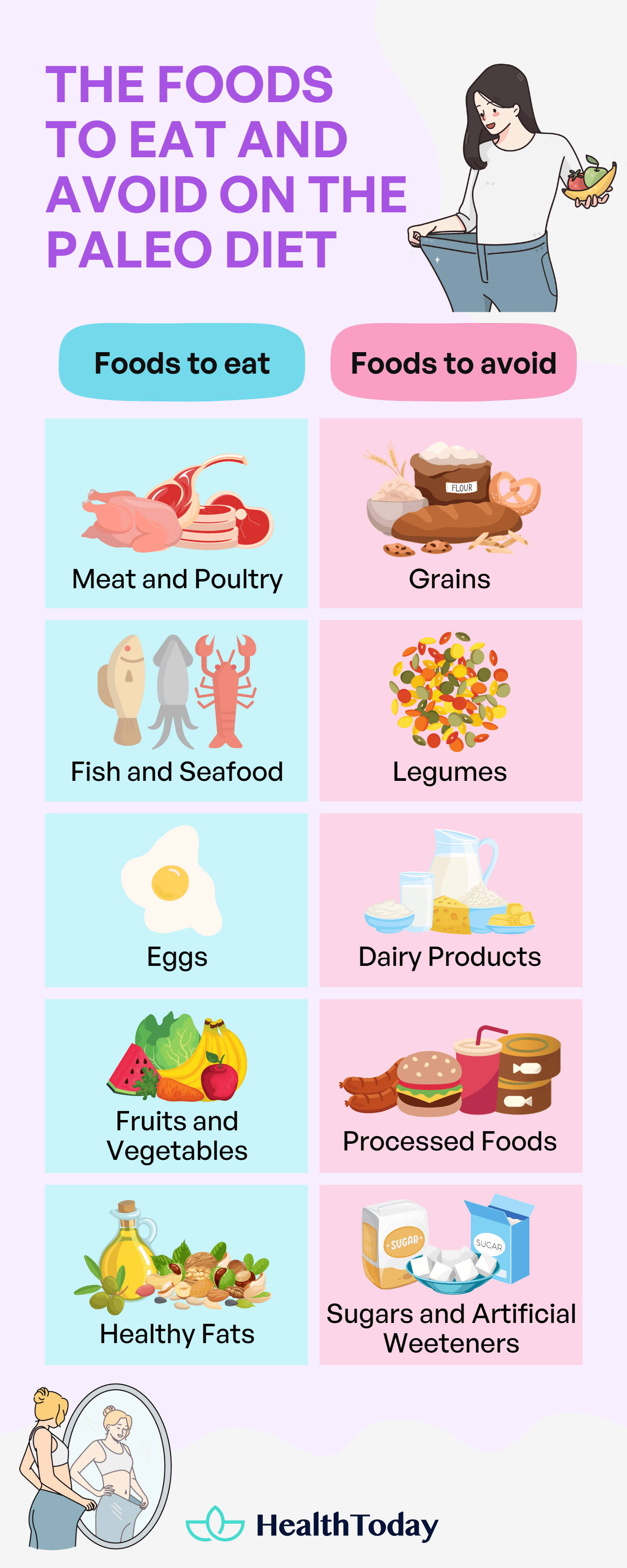
When following a diet, it’s helpful to have a clear guideline of the recommended foods. This will make it easier to create balanced meal plans that align with the diet’s principles. This guide, therefore, provides an overview of the foods that our ancestors, paleolithic humans, would have eaten.
Meat and poultry
Meat and poultry are staple foods for a paleo Stone Age diet, especially lean cuts of meat. These can include beef, pork, lamb, chicken, turkey, and duck (10, 11). The paleo diet typically recommends grass-fed and organic meats.
Grass-fed meat comes from animals that are exclusively pastured and not fed any grain. Such meat generally has a lower total fat content. For 100 g of grass-fed beef, there can be 1.58 to 4.85 g less total saturated fats than grain-fed beef (12, 13).
Organic meat comes from animals that may eat forage or grains that are organically produced, with zero use of antibiotics or hormones (14).
Organic crops tend to have lower levels of heavy metals, synthetic fertilizers, and pesticide residues. But, it’s still unclear how this relates to the content of meat products (15, 16).
Fish and seafood
Fish and other seafood are important components in the paleo dietary pattern. Fatty fish such as salmon, mackerel, and trout are highly recommended due to their rich omega-3 fatty acid content (17).
Omega-3 fatty acids help reduce the risk of coronary heart disease (18). Shellfish like shrimp and crab are also considered good options.
When choosing their fish, some people prefer wild-caught fish due to their beliefs on the taste and health of the fish (19, 20). However, farmed fish have been shown to contain similar omega-3 fatty acid values (21).
Eggs
Eggs are a versatile and nutritious food that can be included in the paleo diet. They are rich in high-quality protein and contain essential vitamins and minerals (22, 23). Some health benefits include supporting muscle growth, promoting satiety, and aiding in brain health (24, 25, 26).
Free-range or eggs from naturally fed chickens are better. These eggs tend to have a richer nutrient profile, especially for omega-3 fatty acids, vitamin E, and beta-carotene (27, 28).
Fruits and vegetables
Another integral component of the Paleolithic diet is fruits and vegetables. When it comes to fruits, options like berries, apples, and citrus are best. They are excellent sources of vitamins, minerals, fiber, and antioxidants (29). It’s better to include a variety of fruits.
For the vegetables, the paleo diet emphasizes non-starchy vegetables. These include leafy greens like spinach, kale, and lettuce. Cruciferous vegetables like broccoli and cauliflower are good as well.
Non-starchy vegetables are low in carbs and high in fiber (30). They are also rich in vitamins, minerals, and antioxidants. Together with fruits, they promote gut health and weight loss and lower the risk of cardiovascular disease (30, 31, 32).
Healthy fats
Including healthy fats in the paleo diet is essential for optimal nutrition and overall well-being. Various types of fats are encouraged, particularly those from nuts and seeds, avocados, and olive oil.
Nuts and seeds, besides having healthy unsaturated fats, are packed with antioxidants, fiber, and minerals (33, 34). These nutrients have been linked to chronic disease prevention and lower blood cholesterol levels (33, 34).
For the nuts, options like almonds, cashews, and macadamia are recommended. As for the seeds, you can go for chia seeds, flaxseeds, and pumpkin seeds.
Nuts and seeds can also be plant-based protein sources for those on a vegan paleo diet (35). It’s important to consume these fat sources in moderation due to their high-calorie content.
Foods to avoid on the paleo diet
While the paleo diet is not exactly that strict, there are certain foods people tend to avoid. These are mostly highly processed foods or cultivated, so don’t fit into a stone age-inspired eating pattern.
By steering clear of these foods, you can focus on a nutrient-dense and anti-inflammatory eating pattern instead:
Grains
Grains are typically avoided in the paleo diet for several reasons. Firstly, grains are a product of modern agriculture. Additionally, grains are considered high in carbohydrates. These are avoided to reduce the risk of diabetes and maintain better blood sugar levels.
On the other hand, a review shows that some studies affirm that whole grains have a low impact on blood sugar levels and may lower the risk of diabetes (37).
Grains are also avoided because of their anti-nutrient content. This includes lectins and phytate, which may hinder the absorption of some nutrients. This, however, is a controversial point since anti-nutrients can be removed through soaking and cooking processes (36, 38).
Legumes
Legumes include beans, peas, lentils, and soy products. These foods are not allowed in the paleo diet. Similar to grains, this food group also has anti-nutrient content such as lectins and phytates (36).
This has also sparked debate among researchers because legumes are a valuable food group. They are rich in proteins, fiber, iron, and magnesium and low in fat (39).
Dairy products
Dairy products are another food category excluded from the paleo or hunter-gatherer diet. This includes milk, yogurt, cheese, butter, and sour cream. These foods are also avoided due to allergies and dairy proteins such as lactose which can be hard to digest.
Alternatives to dairy products that can be non-dairy yogurt and cheese, as well as nut milks. For calcium, leafy greens and fish are recommended sources. The occasional dairy is allowed for those worried about calcium, but not more than one serving per day (40).
Processed foods
Highly processed foods are strongly avoided in the paleo diet. They generally contain excess salt, refined sugar, unhealthy saturated fats, and preservatives (41). They are also low in fiber and essential micronutrients while being high in calories and less filling (41).
Some examples of processed foods to avoid are packaged savory snacks, fast food, sugary cereals, reconstituted meat products, frozen meals, instant noodles, and soft drinks (42).
Eliminating these foods might help lower the risk of cardiovascular and brain disease, as well as depression (42).
Sugars and artificial sweeteners
Sugars have been linked to obesity, diabetes, metabolic syndrome, and chronic disease. They contain empty calories with little nutritional value (43, 44, 45). Common sugars to avoid are table sugar, high-fructose corn syrup, and other refined sweeteners.
Although artificial sweeteners are low in calories, they are also not allowed. This is due to their potential in causing sugar cravings and dependence (46). Another reason is that they are man-made, not natural.
The paleo diet encourages the use of natural sweeteners like raw honey, maple syrup, or fruits for added sweetness. These alternatives are considered a better choice when consumed in moderation.
Benefits of the paleolithic diet
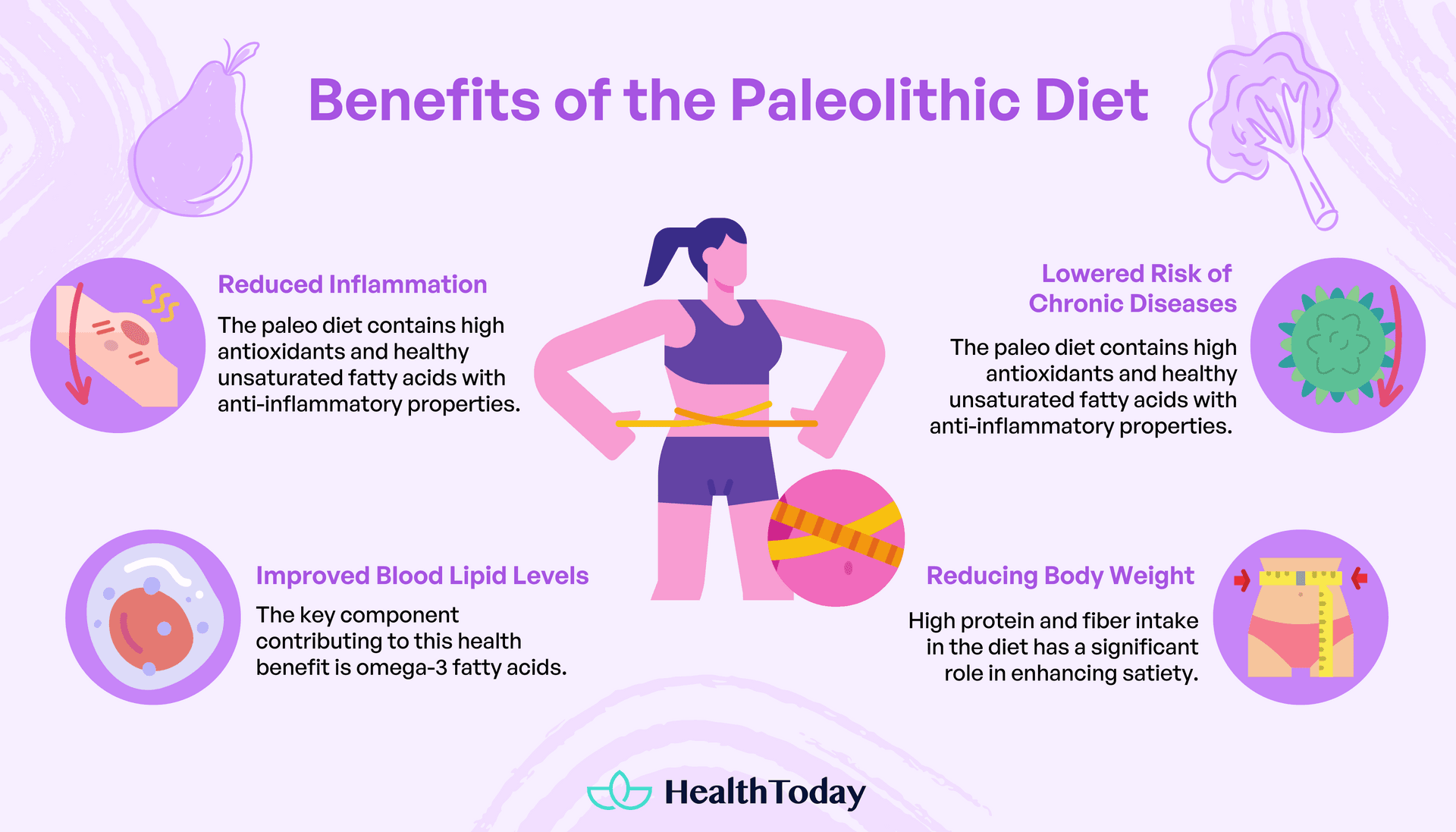
One of the main reasons behind the paleo diet’s popularity is its purported health benefits. This is not so surprising since the diet focuses on whole and natural food choices.
Here are some researched health benefits and claims:
Reduced inflammation
The paleo diet has gained recognition for its potential to reduce inflammation and oxidative stress within the body (47).
This relates to nutrient-dense food choices like fruits, vegetables, fish, and nuts. These foods are high in antioxidants and healthy unsaturated fatty acids which have anti-inflammatory properties (48).
Lowered risk of chronic diseases
The paleo diet offers a promising approach to preventing various chronic diseases. The vitamins and antioxidants from the food choices contribute to this benefit.
This relates to the paleo diet’s effects on lowering cardiovascular disease risk, type 2 diabetes, and certain cancer risks (49, 50). Specifically, the paleo diet has demonstrated improvements in risk factors such as blood pressure and blood sugar control (51, 52).
Additionally, limited processed foods and added sugar intake play an important role in reducing the risk of chronic disease. Additives in these foods can be risk factors for chronic disease (53).
Improved blood lipid levels
Related to cardiovascular health, the paleo diet is known to improve blood fat or lipid levels. The key contributing factor is omega-3 fatty acids (54).
Scientific studies have provided evidence supporting the lipid-improving benefits of the paleo diet. Research has indicated that a paleo diet can reduce total cholesterol, LDL ‘bad’ cholesterol, and other markers of cardiovascular risk (55, 56).
A way to lose weight
The modern paleo diet has gained attention for its potential to promote weight loss. In a review of randomized control trials, the paleo diet was found to be more effective than a research-based control diet at weight loss in individuals suffering from metabolic syndrome. (57).
The high protein and fiber intake significantly increases satiety (58). This can potentially help prevent overeating, thus managing body weight (59).
By eliminating processed foods, added sugars, and refined grains, the paleo diet might also help control calorie intake. This also stabilizes blood sugar levels, which are important factors in weight management.
The ultimate guide to following a paleo diet
The paleo diet may sound confusing, at least for newbies. This guide to following a paleo diet is designed to smoothen your transition into a new eating pattern.
We cover everything from meal planning to tips on dining out, different paleo-friendly snacks, and important supplements and vitamins.
Meal planning
Meal planning is a great way to start your journey back in time to a paleo diet. It allows you to stay on track by mapping out meals in advance. This can help with shopping as well as meal preparations.
To give you a head start, here’s a 7-day paleo diet meal plan:

Day 1
- Breakfast: Two-egg omelet with spinach
- Lunch: Grilled chicken breast with roasted vegetables and potato mash
- Snack: Sweet potato with almond butter
- Dinner: Beef and vegetable stir-fry
Day 2
- Breakfast: Omelets with mushrooms and onions
- Lunch: Tuna with avocado salad
- Snack: Cucumbers and hummus dip
- Dinner: Grilled salmon with roasted asparagus
Day 3
- Breakfast: Hard-boiled eggs and banana
- Lunch: Grilled chicken breast with roasted butternut squash
- Snack: Sliced almonds and apricots
- Dinner: Beef and vegetable stew
Day 4
- Breakfast: Sweet potato and beef jerky
- Lunch: Grilled chicken breast with roasted sweet potato
- Snack: Mixed nuts and dried fruits
- Dinner: Grilled salmon with quinoa and roasted veggies
Day 5
- Breakfast: Hard-boiled eggs with mushrooms and bell peppers
- Lunch: Tuna salad with sweet potato mash
- Snack: Apricots and apple
- Dinner: Grilled chicken with salad and balsamic vinegar
Day 6
- Breakfast: Sausage hash and apple slices
- Lunch: Grilled salmon with butternut squash
- Snack: Pear and mixed nuts
- Dinner: Beef stew with mixed greens salad
Day 7
- Breakfast: Sweet potato and hard-boiled eggs
- Lunch: Grilled chicken salad with dressing
- Snack: Roasted mixed nuts
- Dinner: Grilled salmon and hummus
Food preparation
Food preparation is an important step in any diet. It gives you the freedom to work with ingredients you like and to customize dishes. Portion control will help you avoid overeating and also save on costs.
Focus on whole foods like lean meats, fish, vegetables, fruits, nuts, and seeds. While prepping, try out different combinations of herbs and spices or marinade for added flavors. Plan your meals in advance and use leftovers for convenience.
Paleo-friendly snacks
Healthy snacking is also a part of the paleo diet and actually can help you between long lunch and dinner periods. The best paleo-friendly snacks are whole foods such as fresh fruits and vegetables, nuts, and seeds.
Snacks that are high in protein and healthy fats can also be an option. For example, hard-boiled eggs, nut butter with apple slices, or even some beef jerky. Check the labels of any potential snacks for unwanted grains, legumes, dairy, and added sugars.
Dining out on a paleo diet
Dining out on a paleo diet can be challenging due to certain food limitations and non-paleo sauces. Try to stick to simple meals like grilled chicken with vegetables and avoid breaded or fried foods.
Be cautious of the sauces or dressings that might not be a part of the paleo diet. Instead, try asking for sauces on the side. This way, you can control the amount that goes into your meal.
Despite the difficulties, it is possible to discover suitable paleo-friendly options. This way, you can enjoy a good meal experience with careful consideration.
Supplements and vitamins
Since the paleo diet has some food restrictions, there might be a risk for certain nutrient deficiencies. In addition, depending on your lifestyle and health concerns, you may need some supplemented nutrients.
Dairy products are avoided in the diet. Therefore, vitamin D and calcium supplements may be beneficial (60). Iron supplements may also be needed, especially for women, as legumes are excluded (61).
Drawbacks of the paleo diet
There are several potential disadvantages to the paleo diet. You should carefully consider these drawbacks before you commit to anything:
High cost of food
Due to the emphasis on high-quality, organic, and fresh produce goods, the paleo diet can be costly. The exclusion of affordable grains, legumes, and processed foods may also contribute to higher costs.
Although you could manage a paleo diet on a budget with proper planning, the focus on quality foods is likely to be comparatively more expensive nonetheless.
To cut costs, plan meals and stick to a budget. When shopping, buy staple items in bulk, select cheaper cuts of meat or other proteins, and shop for in-season produce.
Nutritional deficiencies
Following a paleo diet may pose a risk of nutritional deficiencies if not well-planned. The absence of grains may result in lower fiber, B vitamins, and folate intake. The exclusion of legumes can lead to reduced iron intake, as well as protein, for vegetarians.
The risk of running low in these micronutrients, however, is minimal. In addition, there is little to no research available to prove such deficiencies (62).
On the other hand, some research does show that paleolithic nutrition can lead to deficiencies in Vitamin D and calcium (63).
However, it’s possible to address these concerns. A balanced amount of fruits, vegetables, lean proteins, and nuts can provide a wide range of essential nutrients. Some people, nonetheless, may require supplementation.
It is, therefore, best to consult a dietitian to know exactly where you stand.
Environmental concerns
Following a paleo diet means increased animal protein intake. For some people, this may raise environmental concerns.
Potential issues are deforestation, unsustainable fishing practices, animal welfare concerns, increased land use for agriculture, and higher levels of food waste.
To mitigate these concerns, you can select sustainable and ethically sourced meats and seafood, choose local and in-season produce, and reduce food waste.
Is the paleo diet backed by scientific evidence?
Scientific evidence on the effectiveness of the paleo diet is currently limited, and the findings still vary. However, there is some data that supports potential health benefits for heart disease, diabetes, blood pressure, and reducing inflammation.
Can you lose weight on a paleo diet?
Yes, a paleo diet may help you lose weight. This is due to the emphasis on whole foods and natural foods while avoiding processed foods and unhealthy fats. Individual outcomes may vary.
Is paleo good for vegetarians or vegans?
Following a strict paleo diet can be challenging for vegetarians and vegans. This is because the diet emphasizes animal-based proteins. It also restricts legumes which are key non-meat protein sources. However, adaptations can be made.
Is paleo okay for pregnant women and children?
With limited research and evidence, it’s not clear whether the paleo diet suits all people, especially children and pregnant women. It’s best to consider specific individual needs as a reference and guide.
Summary
The paleo diet emphasizes whole, unprocessed foods. The food choices focus on lean proteins, fruits, vegetables, and healthy fats. Although evidence is limited, there are health benefits derived from food choices, and the diet may help with weight loss. Due to avoiding most grains, legumes, and dairy, there is a risk of deficiency in some nutrients. It’s best, therefore, to consult a health professional before embarking on your paleo journey.





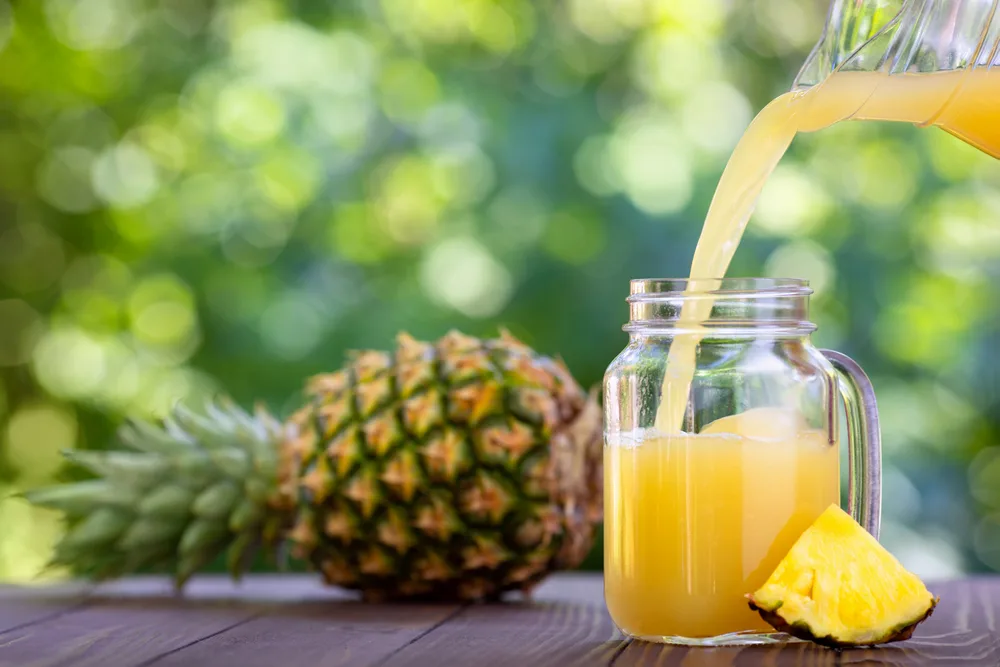

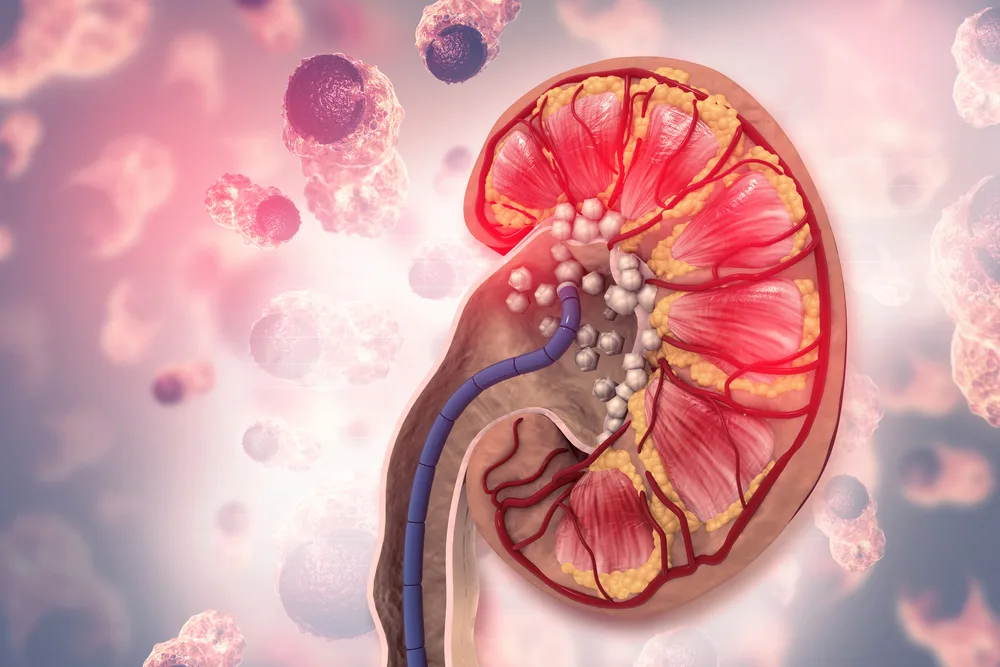


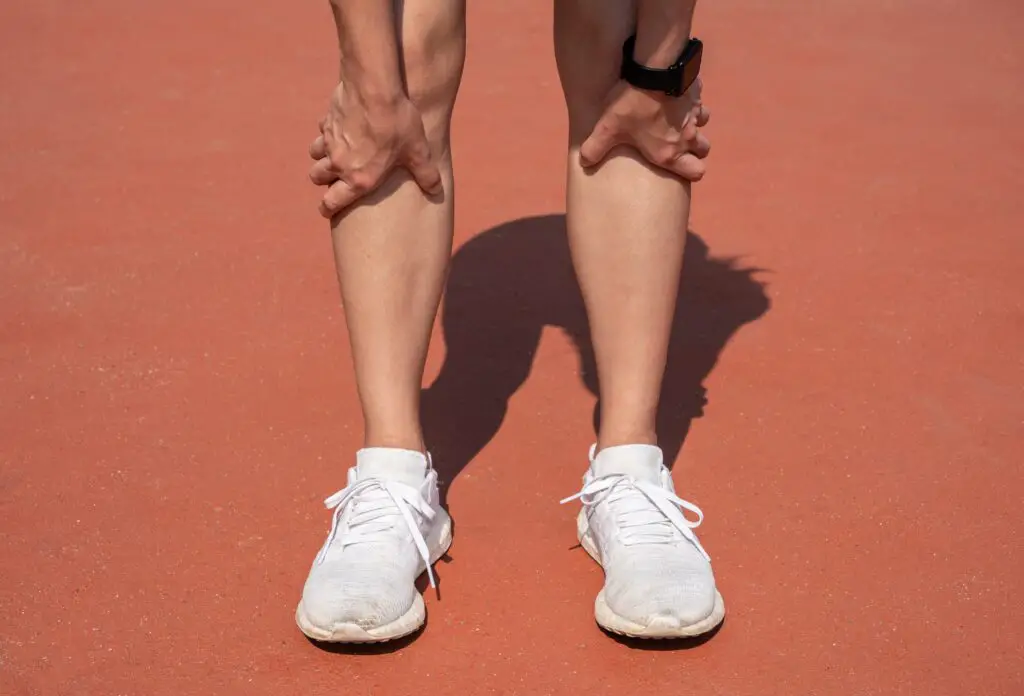
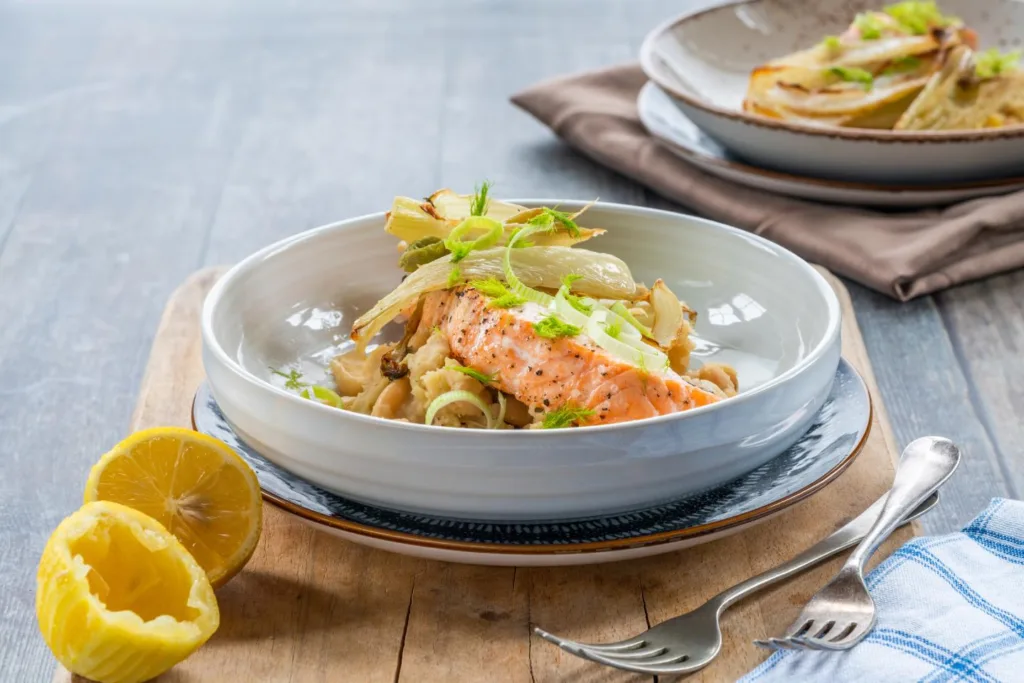





Comments
0